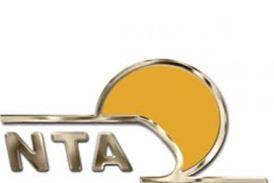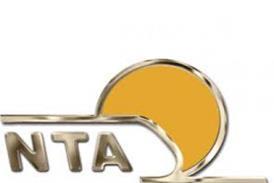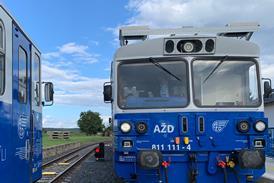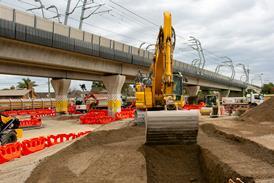- News
- In depth
- Events
- Data
- Maps
- Tenders & Jobs
 Railway Plant Engineer
Railway Plant Engineer RFI No. 608/2025 regarding innovative acoustic solutions for metro stations for NTA
RFI No. 608/2025 regarding innovative acoustic solutions for metro stations for NTA Invitation for Pre-Qualification no. 589/2025 for the Participation in Tenders for the Execution of Infra #1 Works in connection with the Tel Aviv Metropolitan Metro Lines, Israel
Invitation for Pre-Qualification no. 589/2025 for the Participation in Tenders for the Execution of Infra #1 Works in connection with the Tel Aviv Metropolitan Metro Lines, Israel RFI No. 611/2025- for Technological and Innovative Solutions for Depot Equipment and Machinery Plant for the Metro Network
RFI No. 611/2025- for Technological and Innovative Solutions for Depot Equipment and Machinery Plant for the Metro Network
- Sponsored content
- Insights
Close menu
- Home
-
News
- Back to parent navigation item
- News
- Traction and rolling stock
- Passenger
- High speed
- Freight
- Infrastructure
- Policy
- Technology
- Ticketing
- Business
- Research, training and skills
- Accessibility and inclusion
- People
- Urban rail news
- Suburban and commuter rail
- Metro
- Light rail and tram
- Monorail and peoplemover
- Regions
- InnoTrans
- In depth
- Events
- Data
- Maps
- Tenders & Jobs
- Sponsored content
- Insights
Letters to the Editor
By Railway Gazette International2005-07-01T10:00:00
Sir - Dick Fearn is a rail manager held in high regard by his erstwhile customers in several parts of Britain. But his comments about Rosslare in his capacity as Chief Operating Officer of Iarnród Éireann (RG 5.05 p278) are depressing and disappointing.
Already have an account? LOG IN
To continue…
You’ve reached your limit of content for the month










